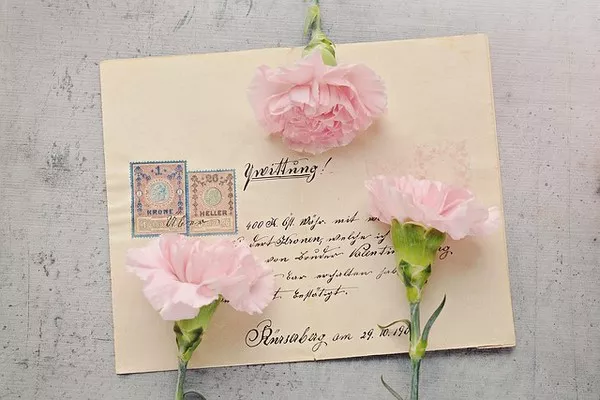Flowers are nature’s exquisite creations, adorning our surroundings with their vibrant colors and delicate fragrances. Whether for a special occasion, as a heartfelt gesture, or simply to enhance the ambiance, flowers hold a special place in our lives. However, their beauty is ephemeral, and preserving them allows us to prolong their splendor and cherish them for longer periods. In this article, we delve into various techniques for preserving flowers, ensuring their longevity and enduring charm.
Introduction to Flower Preservation
Flower preservation is an ancient art that has evolved over centuries, with techniques ranging from simple drying methods to sophisticated preservation processes. The goal of preservation is to retain the natural beauty of flowers while preventing decay and degradation. Preserved flowers can be used for decorative purposes, crafting, or even as keepsakes, serving as timeless reminders of special moments.
Understanding the Anatomy of Flowers
Before delving into preservation techniques, it’s essential to understand the basic anatomy of flowers. Flowers comprise various components, including petals, stems, leaves, and reproductive organs such as stamens and pistils. Each part plays a crucial role in the flower’s structure and function. Preservation methods must consider these components to ensure the integrity of the flower is maintained.
Techniques for Preserving Flowers
1. Drying:
Drying is one of the oldest and simplest methods of flower preservation. It involves removing moisture from the flowers, allowing them to retain their shape and color. There are several techniques for drying flowers, including air drying, pressing, and using desiccants such as silica gel. Air drying involves hanging flowers upside down in a dry, well-ventilated area until they are fully dehydrated. Pressing involves flattening flowers between absorbent materials, such as blotting paper or parchment, to remove moisture gradually. Silica gel is a desiccant that absorbs moisture quickly, making it ideal for preserving flowers with intricate shapes and delicate petals.
2. Freezing:
Freezing is another popular method for preserving flowers, particularly delicate blooms such as roses and lilies. To freeze flowers, they are first prepared by removing excess foliage and trimming the stems to the desired length. The flowers are then placed in an airtight container or vacuum-sealed bag and stored in a freezer at a temperature below freezing. Freezing halts the decay process by immobilizing moisture, preserving the flowers’ freshness and color. However, frozen flowers may become fragile once thawed, requiring careful handling.
3. Pressing:
Pressing is a traditional method of flower preservation that dates back centuries. It involves flattening flowers between absorbent materials to remove moisture and preserve their shape. Pressed flowers are commonly used in crafts, such as card making, scrapbooking, and botanical art. To press flowers, they are arranged between layers of absorbent paper, such as blotting paper or parchment, and placed under pressure for several weeks. The pressure can be applied using a flower press, heavy books, or specialized equipment designed for pressing flowers. Pressed flowers retain their vibrant colors and delicate textures, making them ideal for creating lasting mementos.
4. Glycerin Preservation:
Glycerin preservation is a technique that involves replacing the water content of flowers with glycerin, a natural substance that maintains their flexibility and appearance. This method is particularly suitable for preserving woody stems and foliage, such as eucalyptus and ivy. To preserve flowers with glycerin, they are submerged in a solution of glycerin and water, allowing the glycerin to gradually replace the water within the plant tissues. Glycerin-preserved flowers retain their natural color and texture, making them ideal for floral arrangements and decorative displays.
5. Silica Gel Drying:
Silica gel drying is a method that involves using silica gel, a desiccant with high absorbency, to dry and preserve flowers quickly. Silica gel is available in granular form and can be reused multiple times, making it a cost-effective option for flower preservation. To dry flowers with silica gel, they are buried in a container filled with silica gel, ensuring that the petals are not crushed or distorted. The container is sealed, and the flowers are left to dry for several days until they are fully dehydrated. Silica gel drying preserves the flowers’ natural shape, color, and fragrance, making them suitable for various decorative purposes.
Tips for Successful Flower Preservation
Choose flowers at their peak freshness and vitality for optimal preservation results.
Handle flowers with care to prevent damage to petals, stems, and foliage.
Remove excess foliage and trim stems before preserving flowers to ensure uniform drying and absorption of preservatives.
Select appropriate preservation methods based on the type of flowers and desired outcomes.
Store preserved flowers in a cool, dry place away from direct sunlight to maintain their color and texture.
Regularly inspect preserved flowers for signs of deterioration and make necessary adjustments to prolong their lifespan.
Conclusion
Preserving flowers allows us to capture and prolong their beauty, transforming fleeting moments into lasting memories. Whether through drying, freezing, pressing, or other preservation methods, flowers can be enjoyed and admired long after they have been harvested. By understanding the anatomy of flowers and employing suitable preservation techniques, we can ensure that their vibrant colors, delicate textures, and enchanting fragrances endure for generations to come.


